1. Smart Home Tech (That’s Not Properly Secured)
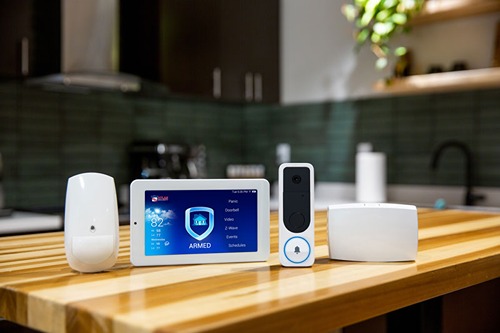
Smart home devices like doorbell cameras and Wi-Fi thermostats sound like insurance-friendly upgrades, right? Not always. If these gadgets aren’t secured with strong passwords and encryption, they can create cybersecurity risks—something some insurers see as a liability. A hacked system could lead to burglary or property damage, potentially raising your insurance risk profile.
Some insurance companies are still catching up to how to underwrite these new technologies. Until there’s a clear incentive or discount tied to proper smart tech use, it might quietly nudge your rating in the wrong direction. It’s not the tech itself, but how it’s configured that matters. Without the right security, your smart home might be a dumb move for premiums.
2. Modern Metal Roofing
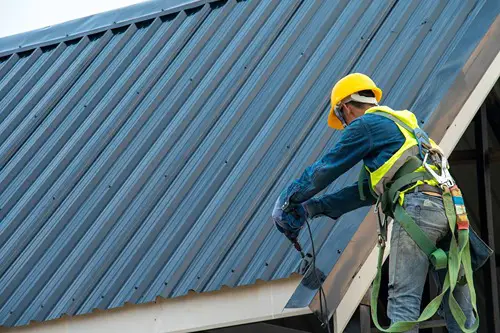
Metal roofs are trendy for their sleek looks and energy efficiency, but they’re not always loved by insurers. If improperly installed or if your area doesn’t have the right building codes for them, they may actually void roof coverage. Some insurance companies even view certain types of metal roofs as higher risk for wind damage.
Additionally, repairs can be expensive and require specialists, which increases potential claims. The irony is that while metal roofs can last 40–70 years, some insurers would still rather see traditional shingles. It’s a case where durability doesn’t always translate to lower premiums. Make sure your roofer and insurer are on the same page before upgrading.
3. Solar Panels
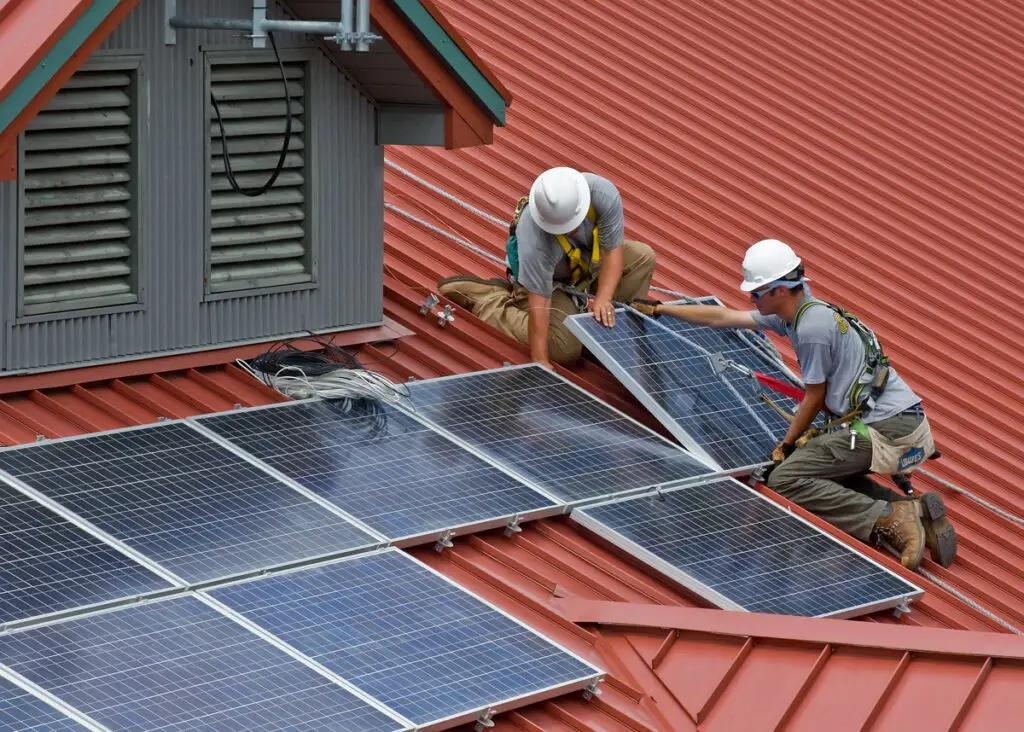
Solar panels are a smart move for the environment and your energy bill, but they can raise your insurance premiums. They increase the rebuild cost of your home, which means your dwelling coverage needs to go up. Some providers even require a special rider to cover them, especially if they’re leased or owned through a third party.
And let’s not forget about roof penetrations during installation, which can lead to future water damage. While many insurers are adapting to solar, not all treat them favorably. Be sure to talk to your provider before installing panels. Otherwise, your green energy upgrade might quietly burn your wallet.
4. High-End Kitchen Renovations
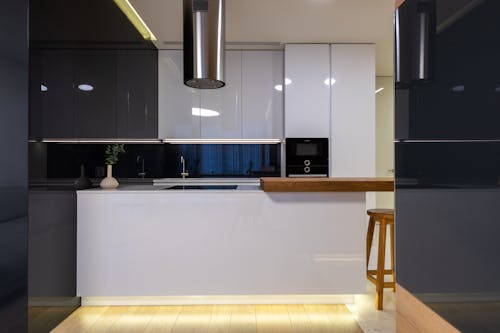
Granite countertops, chef-grade ranges, and imported cabinetry may make your kitchen Pinterest-worthy—but also pricier to insure. A more expensive kitchen increases your home’s replacement cost, which is a major factor in determining premiums. Your insurer has to consider how much it would cost to restore those luxury finishes after a fire or flood.
If your policy doesn’t account for these upgrades, you might also be underinsured without realizing it. Custom features often require specialty contractors and materials, which adds to the claim payout. So while your kitchen might win design awards, it could quietly inflate your premiums. It’s a good idea to update your insurer after a major reno.
5. Trendy Open Floor Plans
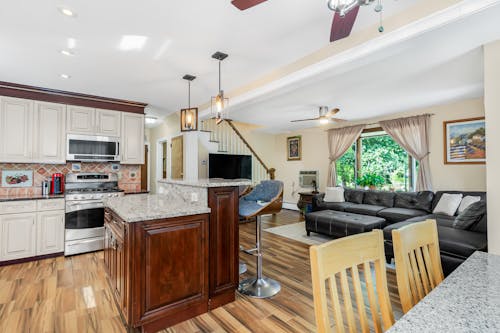
Open floor plans are hugely popular for their airy feel and entertaining potential, but they come with structural trade-offs. Removing interior walls often reduces fire barriers, allowing flames to spread faster. Some insurers flag open layouts as increasing risk for fire and smoke damage.
Also, these layouts often mean more expensive construction or repair if something does go wrong. Fewer walls can mean more exposed plumbing and electrical lines—potential claim risks. If you’re remodeling, it’s worth checking how those changes affect your coverage. Open concept might be open season on your rating.
6. Backyard Fire Pits

A cozy fire pit adds charm and ambiance, but also introduces a liability risk. Whether wood-burning or gas, open flames near your home or structures can be a red flag for insurers. Some policies may exclude fire pit-related damage altogether, especially if it’s not up to code.
Add in the potential for injury to guests and your liability exposure grows. Even if it’s installed perfectly, fire pits can cause your insurer to raise premiums slightly. You may even need to provide photos or documentation. This backyard trend might come with unexpected heat on your insurance.
7. Home Offices (Post-Pandemic)
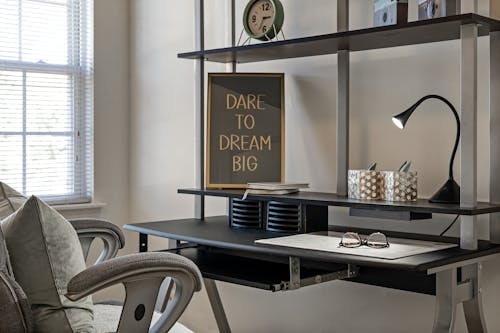
Remote work is here to stay, and many have turned spare bedrooms into full-fledged offices. But if you’re running a business or storing expensive equipment at home, it can affect your homeowners policy. Most standard policies cap coverage on business property to just $2,500 or less.
If clients visit your home, that’s another layer of liability. You might actually need a business rider or separate commercial policy. Without it, your insurer could penalize your risk profile—or deny a claim. Your comfy home office might quietly increase your financial exposure.
8. Swimming Pools
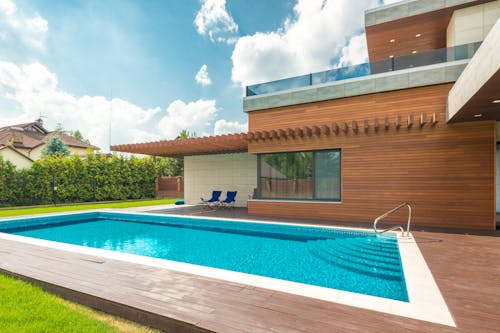
Pools are one of the most well-known ways to spike your homeowners insurance. Not only do they raise your liability risk, but they also increase the replacement value of your home. That combo usually means higher premiums or special pool-related riders.
Even with safety features like fences and covers, pools remain among the top hazards for injury claims. Some insurers might even decline to cover you if your pool has a diving board or slide. If you’re planning to install one, call your agent first. That splashy new feature could cause a premium ripple.
9. Wood-Burning Stoves

They’re rustic, efficient, and give off that cozy vibe everyone loves—but insurers often see them as fire risks. Wood stoves are a common cause of house fires, especially if not properly installed or maintained. Some insurance companies will require an inspection before continuing or issuing coverage.
Chimney cleaning and professional installation might be mandated just to keep your policy active. If your wood stove is DIY or old, it could hurt your insurance rating. Make sure your insurer knows the model and setup. Otherwise, your cozy heat source might burn more than just logs.
10. Finished Basements
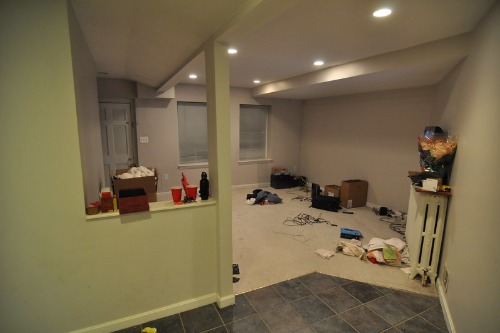
A finished basement increases your usable square footage and home value, but it also increases your potential for water damage claims. Standard homeowners policies often exclude or limit coverage for groundwater flooding. So if your finished basement floods, you might be left footing a big bill.
Insurers may also raise your premium if your finished basement includes high-end materials or electronics. The more you put down there, the more you stand to lose. If you’ve turned it into a rec room or guest suite, alert your insurer to adjust coverage. Otherwise, it could quietly drag your rating down.
11. Detached Guest Houses or ADUs

Accessory Dwelling Units (ADUs) are a hot trend in housing, especially for multigenerational living or rental income. But insurers may treat these structures as separate dwellings, which aren’t always covered by your main policy. You might need an endorsement or a second policy altogether.
The liability increases if you’re renting it out, especially through platforms like Airbnb. Some companies won’t even write a standard policy if short-term rentals are involved. Your ADU could end up being an insurance gray area. Without proper coverage, it’s a trendy risk.
12. High-End Landscaping

Lush gardens, water features, and custom lighting all make your home more inviting—but also more expensive to restore after damage. Landscaping can sometimes be covered under “other structures,” but it’s usually capped at a percentage of your total policy. If a storm wipes out your fancy yard, you may be surprised by the limited payout.
Large trees near your home can also be seen as a hazard by insurers. If they fall due to wind or disease, they can cause major damage. Your curb appeal might look great, but it may plant seeds of risk in your insurer’s mind. Fancy landscaping can quietly leaf you with higher premiums.
13. Trendy Glass Walls and Oversized Windows
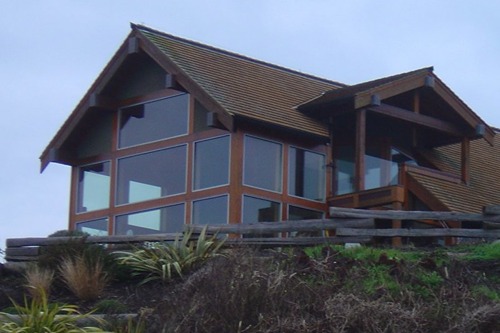
Those floor-to-ceiling windows are stunning, but they’re also expensive to replace. Glass walls and large panes increase a home’s replacement cost and are vulnerable to breakage. Insurers often adjust rates to reflect this higher exposure to damage from weather, intruders, or accidents.
If your windows are custom or imported, the cost to repair can be even more. In some cases, high-end glasswork may need a separate endorsement. It’s worth asking your agent before installing them. Your modern view could come with a hidden cost.
14. Rainwater Collection Systems
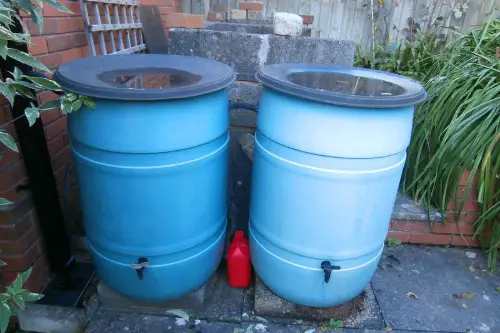
Eco-conscious homeowners love rainwater systems for irrigation and sustainability. But depending on local regulations and how the system is installed, it can be seen as a liability. Improper storage tanks, backflow issues, or contamination risks could raise red flags with some insurers.
Some policies may even exclude damage from systems not professionally installed. If you’re using stored rainwater indoors, it can complicate plumbing claims. Always check building codes and insurance coverage before installing. That feel-good feature could quietly erode your rating.
This post 14 Trendy Home Features That Quietly Drop Your Insurance Rating was first published on Greenhouse Black.
